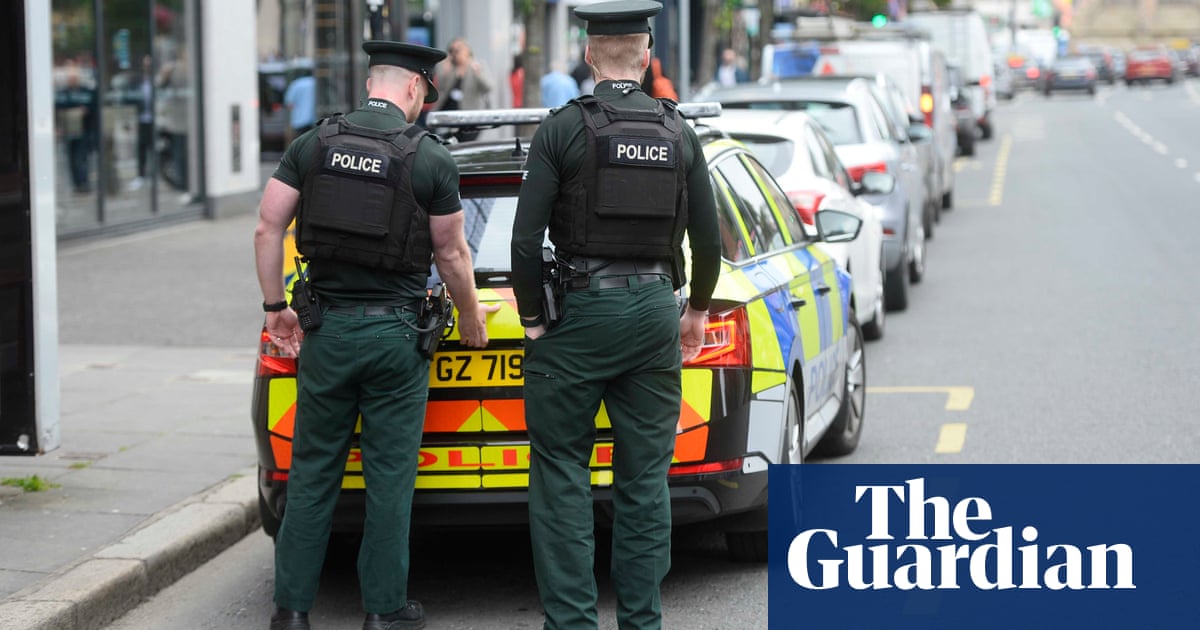
The terrorism threat level in Northern Ireland has been raised from substantial to severe, meaning an attack is highly likely.
The move, based on an MI5 intelligence assessment, follows a rise in dissident republican activity, including a recent gun attack on a top police officer.
It reverses a downgrade in Northern Ireland’s terror threat level last March — its first change for 12 years. It was announced by Northern Ireland Secretary Chris Heaton-Harris.
MI5, the UK’s Security Service, is believed to review the threat level every six months: The terrorism threat level remains substantial in the rest of the UK, meaning an attack is a strong possibility.
Threat levels are designed to give an indication of the likelihood of a terrorist attack and there are five rankings ranging from low to critical: Severe is one level below critical, meaning an attack is expected imminently.
In a written statement to MPs, Heaton-Harris said: “The public should remain vigilant, but not be alarmed, and continue to report any concerns they have to the Police Service of Northern Ireland (PSNI).”
PSNI Chief Constable Simon Byrne said the force would “relentlessly pursue those who seek to cause harm and terrorize our communities, and attack my officers and staff”.
In February Det Ch Insp John Caldwell was shot several times by two gunmen as he was putting footballs into his car boot having been coaching a youth training session in Omagh.
The 48-year-old father of one remains in a critical condition in hospital.
The attack was admitted by the New IRA, the biggest and most active group dissident group, whose main areas of operations are in Londonderry and County Tyrone.
The group was formed in 2012 and previous security assessments estimated it had about 500 supporters, some 100 of whom are prepared to commit acts of terrorism.
The New IRA was put on the back foot by several successful security operations run by MI5, leading to the first reduction in the terrorist threat level in Northern Ireland in a decade.
A number of suspected members of the group were arrested after MI5 bugged two alleged meetings of the New IRA’s executive in 2020.
But after a lull in activity the New IRA re-emerged in November with a bomb attack on a police patrol car.
Three months prior to February’s attack on the police officer, the New IRA set off a roadside bomb in Strabane, County Tyrone, as a police car drove past, but neither of the two officers inside was injured.
Both attacks showed that after a number of years on the back foot, the organization remains dangerous.
In early March, Arm na Poblachta (Army of the Republic) said police officers’ families would be considered targets.
Smaller than the other dissident republican groups, it emerged in 2017 but has not been as active as the New IRA or the Continuity IRA.
Sinn Féin vice president Michelle O’Neill reacted to Tuesday’s announcement by saying there was no place or space for paramilitary groups in a modern, democratic society.
“They must go,” she said.
Democratic Unionist Party leader Sir Jeffrey Donaldson called on the government to fund more police officers in Northern Ireland.
“With police officers facing such a threat, now is the time for the government to provide that additional funding to ensure the PSNI has the full capacity to meet this threat,” he said. — BBC












